An Overview: BT 136 High-Voltage Triac
The BT-136 is a high-voltage TRIAC (Triode for Alternating Current) that is commonly used in the switching and control of AC (Alternating Current) circuits. It is designed to handle high voltage and high current loads, making it suitable for various applications in industrial, commercial, and domestic environments. The BT-136 is capable of controlling power in devices such as light dimmers, motor speed controllers, and heaters. This semiconductor device operates as a switch that can be triggered to conduct electricity across its terminals, allowing precise control over AC power.
Specifications
- Voltage Rating (VDRM/VDSM): 600V
- Repetitive Peak Off-State Voltage (VDRM): 600V
- RMS On-State Current (IT(RMS)): 4A
- Peak Non-Repetitive Surge Current (ITSM): 25A (max) @ t = 20ms
- Gate Trigger Current (IGT): 5 to 50mA
- Gate Trigger Voltage (VGT): 1.5V (max)
- Holding Current (IH): 10mA (max)
- On-State Voltage (VT): 1.7V (max) @ IT = 6A
- Off-State Leakage Current (IDRM): 0.5mA (max)
- Thermal Resistance, Junction to Ambient (RθJA): 60°C/W
- Package Type: TO-220AB
- Operating Temperature Range: -40°C to +125°C
Features
- High Voltage Capability: The BT-136 can handle voltages up to 600V, making it suitable for high-voltage applications.
- High Current Handling: With a maximum RMS on-state current of 4A, it can control substantial loads.
- Robust Surge Current Capability: It can withstand peak non-repetitive surge currents up to 25A, providing resilience against sudden current spikes.
- Sensitive Gate Triggering: Low gate trigger current (5 to 50mA) allows for easy control with low power trigger signals.
- Thermal Stability: Designed to operate within a wide temperature range, ensuring reliable performance in various environmental conditions.
- Compact Packaging: The TO-220AB package is compact, allowing for easy integration into circuit boards with limited space.
Applications
- Light Dimmers: Used in residential and commercial lighting systems to adjust the brightness of lights.
- Motor Speed Control: Employed in devices to control the speed of AC motors, such as in fans and power tools.
- Heaters: Used in thermostatic control of heating elements in household appliances like ovens and electric heaters.
- Phase Control: Applied in phase control circuits for varying the power delivered to a load.
- AC Switching: Utilized in various switching applications for AC loads in both domestic and industrial settings.
- Battery Chargers: Used in controlling the power flow to batteries in charging circuits.
Developments
Recent developments in semiconductor technology have enhanced the performance and efficiency of TRIACs like the BT-136. Advances in manufacturing processes have led to improved thermal characteristics, allowing TRIACs to handle higher power densities with better reliability. Innovations in gate control technology have resulted in more sensitive and efficient triggering mechanisms, reducing the power requirements for control circuits. Additionally, the integration of TRIACs into smart grid systems and IoT (Internet of Things) applications is expanding, providing more sophisticated and automated control over power distribution.
Instructions for Use
- Mounting: Ensure proper heat sinking when mounting the BT-136 to manage thermal dissipation effectively. Use thermal paste to enhance thermal conductivity between the TRIAC and the heat sink.
- Circuit Design: Design the circuit to include proper snubber circuits to protect the TRIAC from voltage spikes. Snubber circuits typically consist of a resistor and capacitor network.
- Gate Control: Use an appropriate gate drive circuit that can supply the required gate trigger current. Optoisolators or microcontroller-based triggering can be used for precise control.
- Connection: Connect the MT1 (Main Terminal 1), MT2 (Main Terminal 2), and Gate terminals according to the circuit requirements. MT2 is usually connected to the load, while MT1 is connected to the AC power source.
- Safety: Always handle the TRIAC with care to avoid electrostatic discharge (ESD) damage. Use proper ESD protection measures, such as grounded wrist straps and anti-static mats.
- Testing: Test the TRIAC in a controlled environment before full-scale deployment. Ensure that the TRIAC triggers correctly and handles the load without overheating.
- Integration: Integrate the TRIAC into the final application, ensuring that all connections are secure and that the device operates within its specified limits.
The BT-136 high-voltage TRIAC is a versatile and robust component ideal for controlling AC power in a wide range of applications. Its ability to handle high voltages and currents, combined with its sensitive gate triggering and compact packaging, makes it a reliable choice for both industrial and domestic use. Proper implementation and adherence to specified guidelines ensure optimal performance and longevity of the device in various electronic and electrical systems.

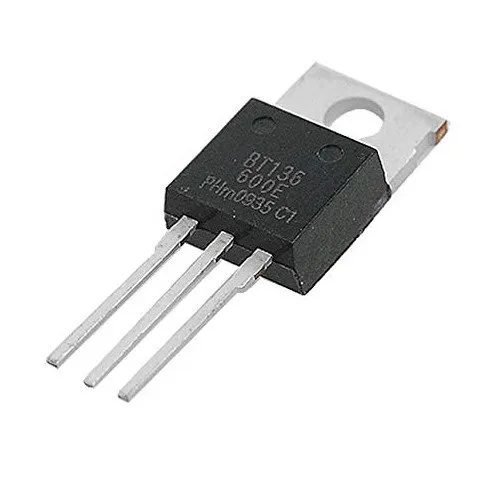

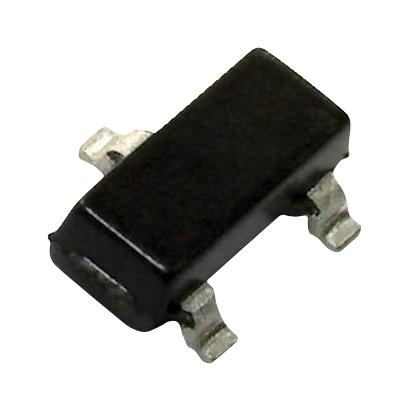
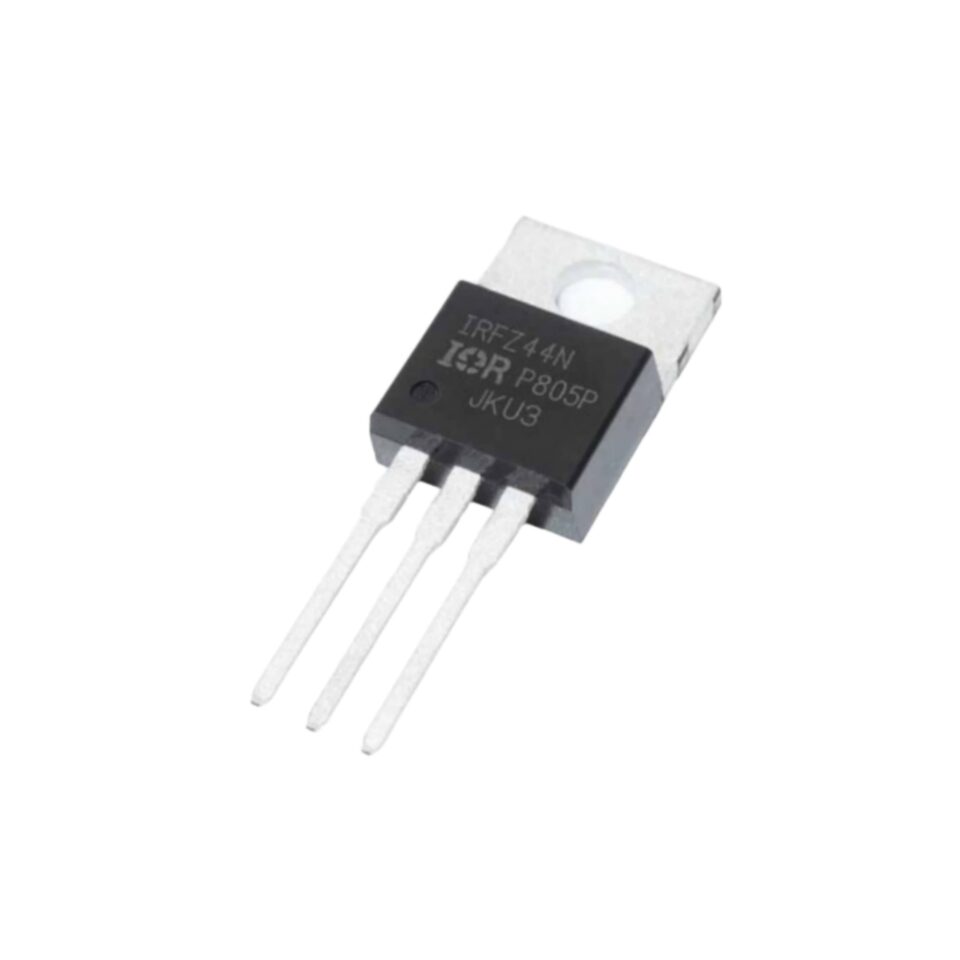
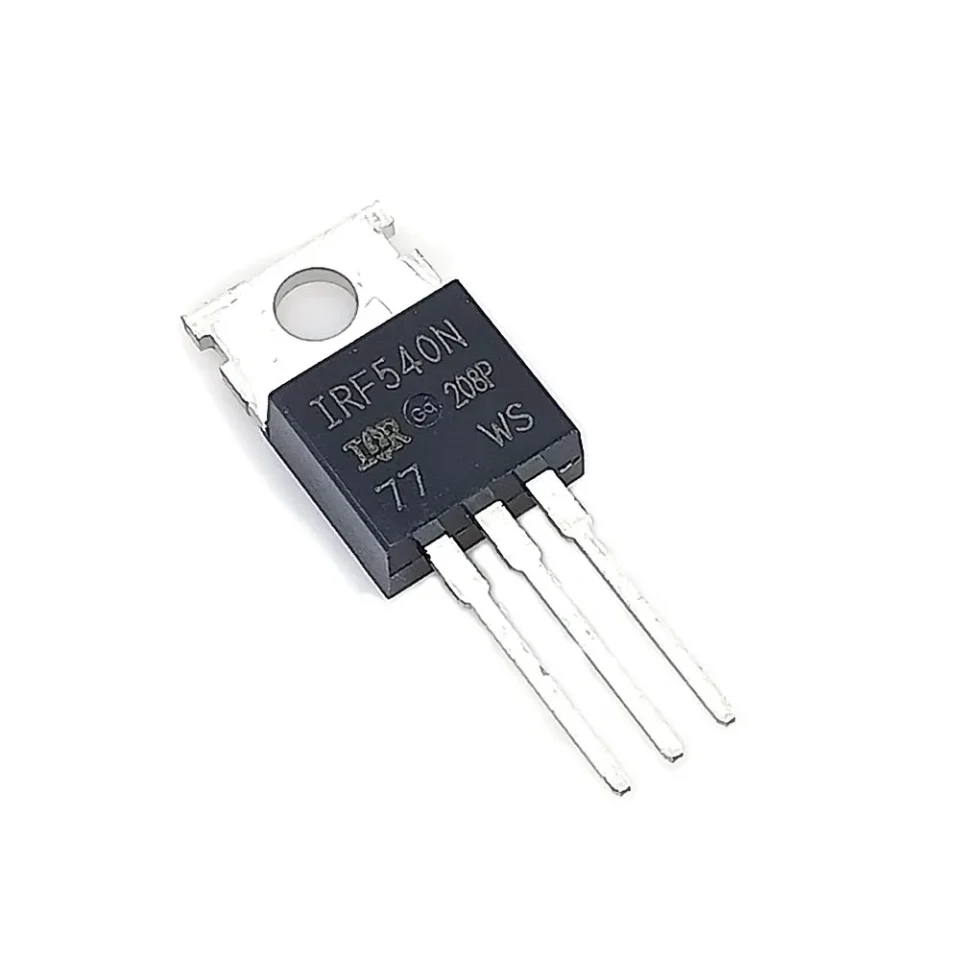
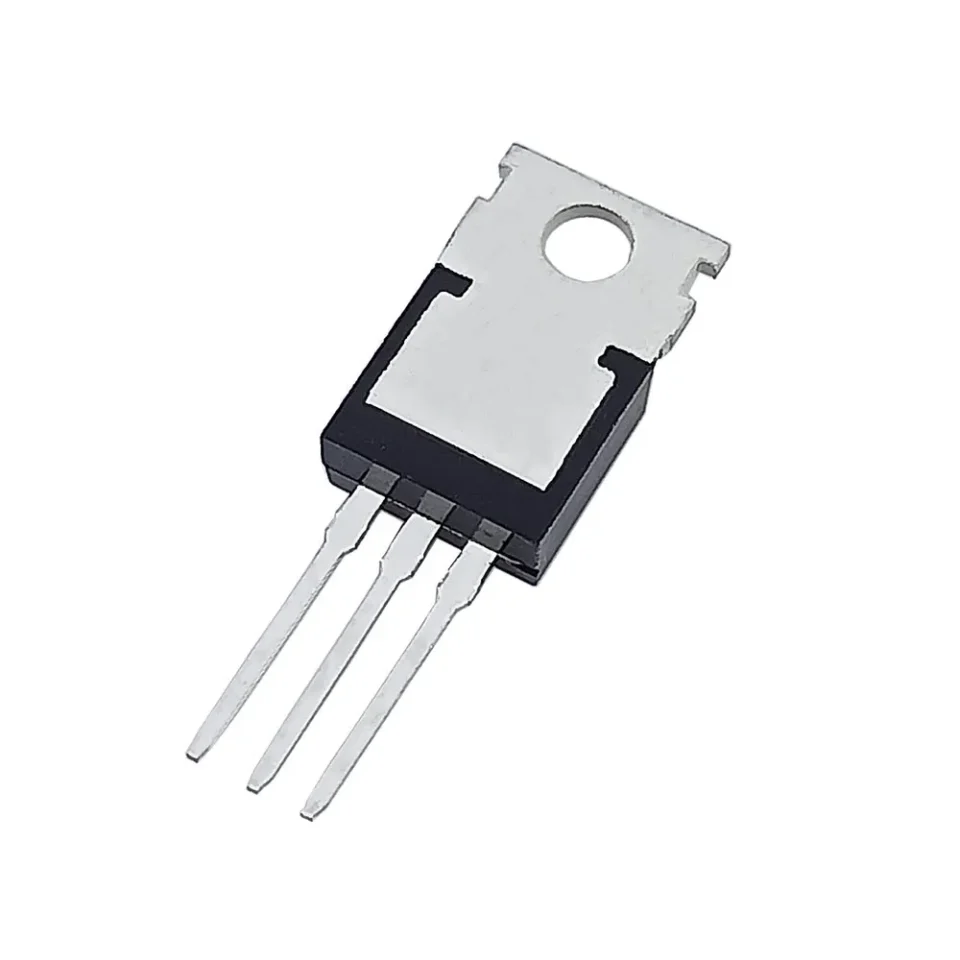
Reviews
There are no reviews yet.